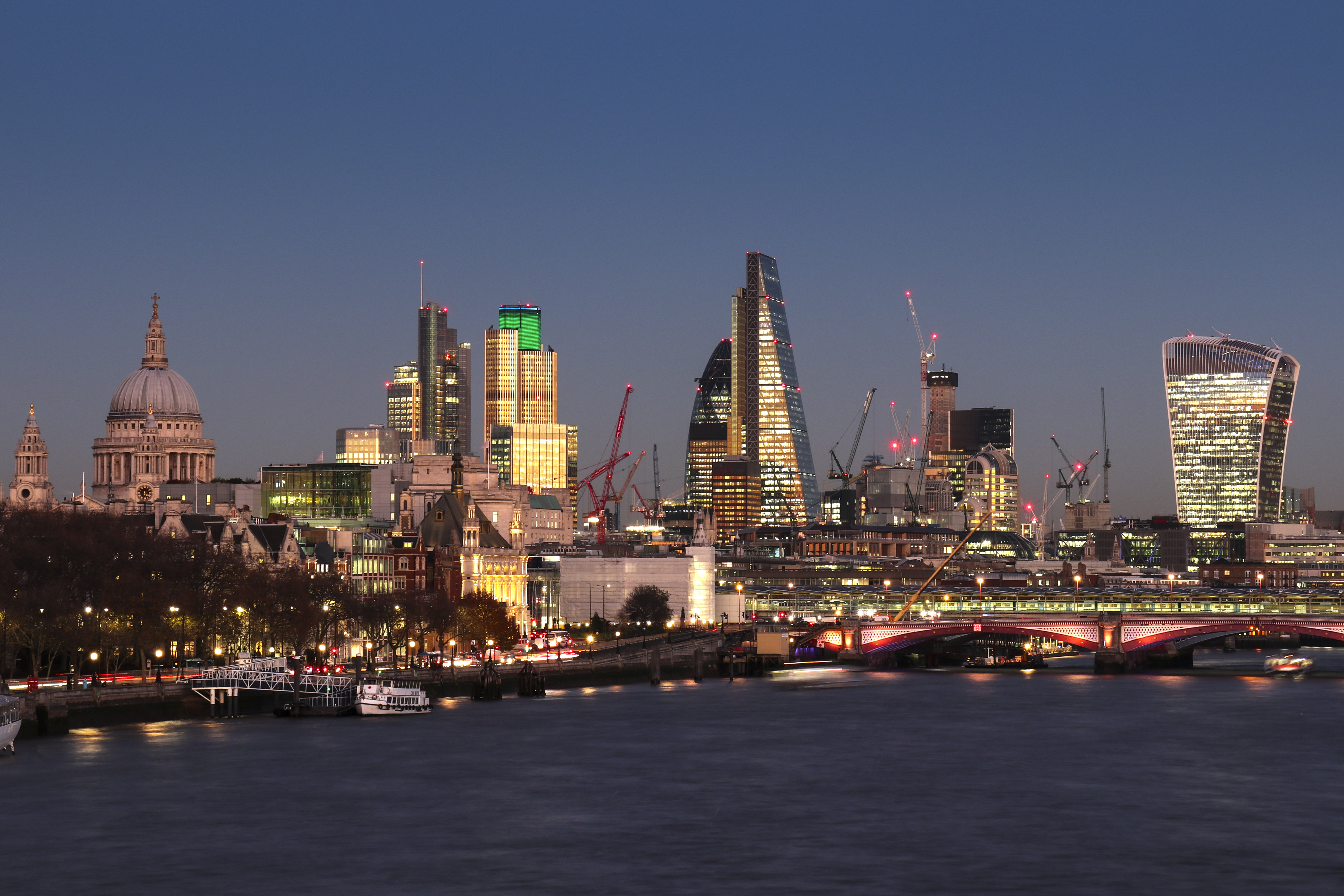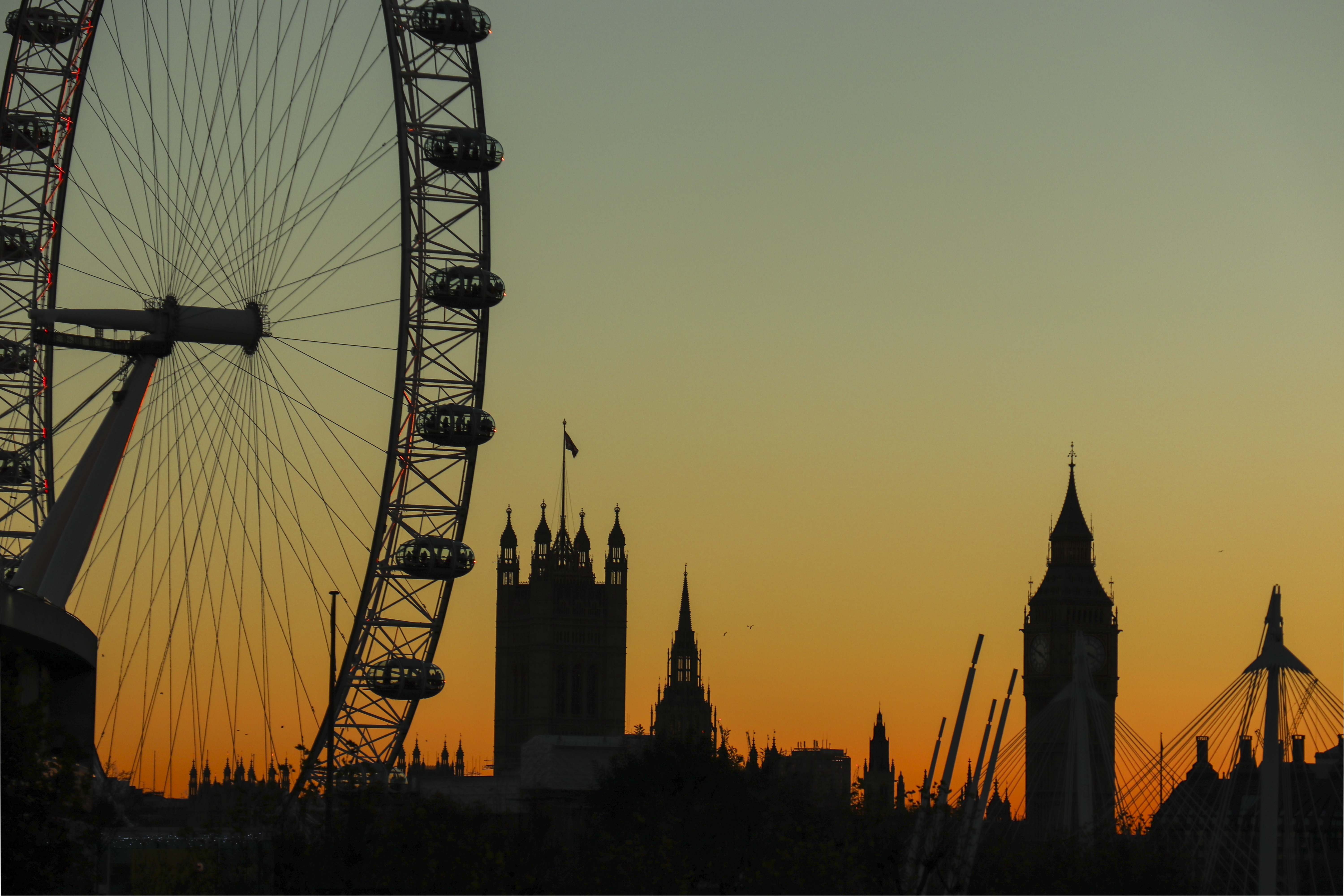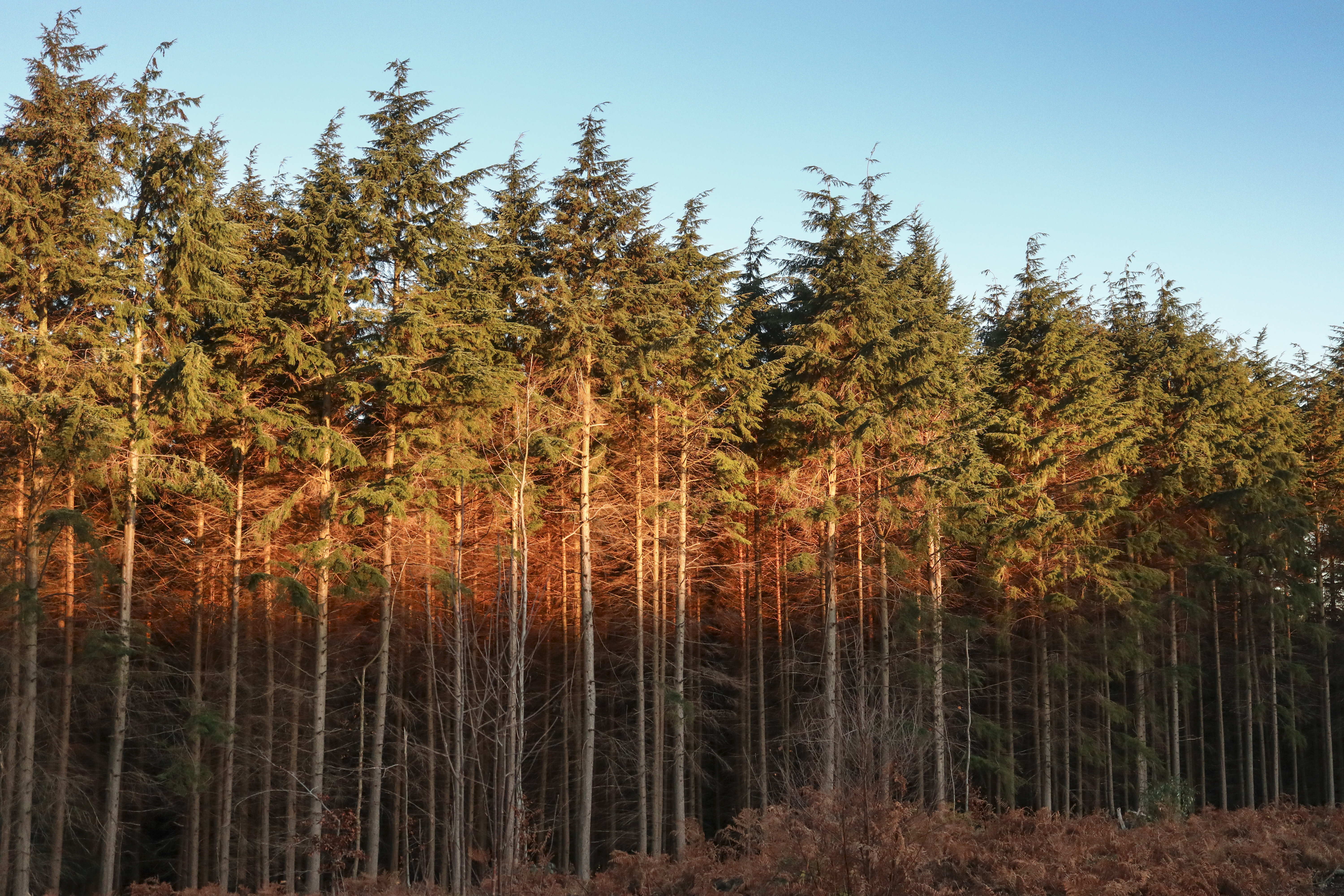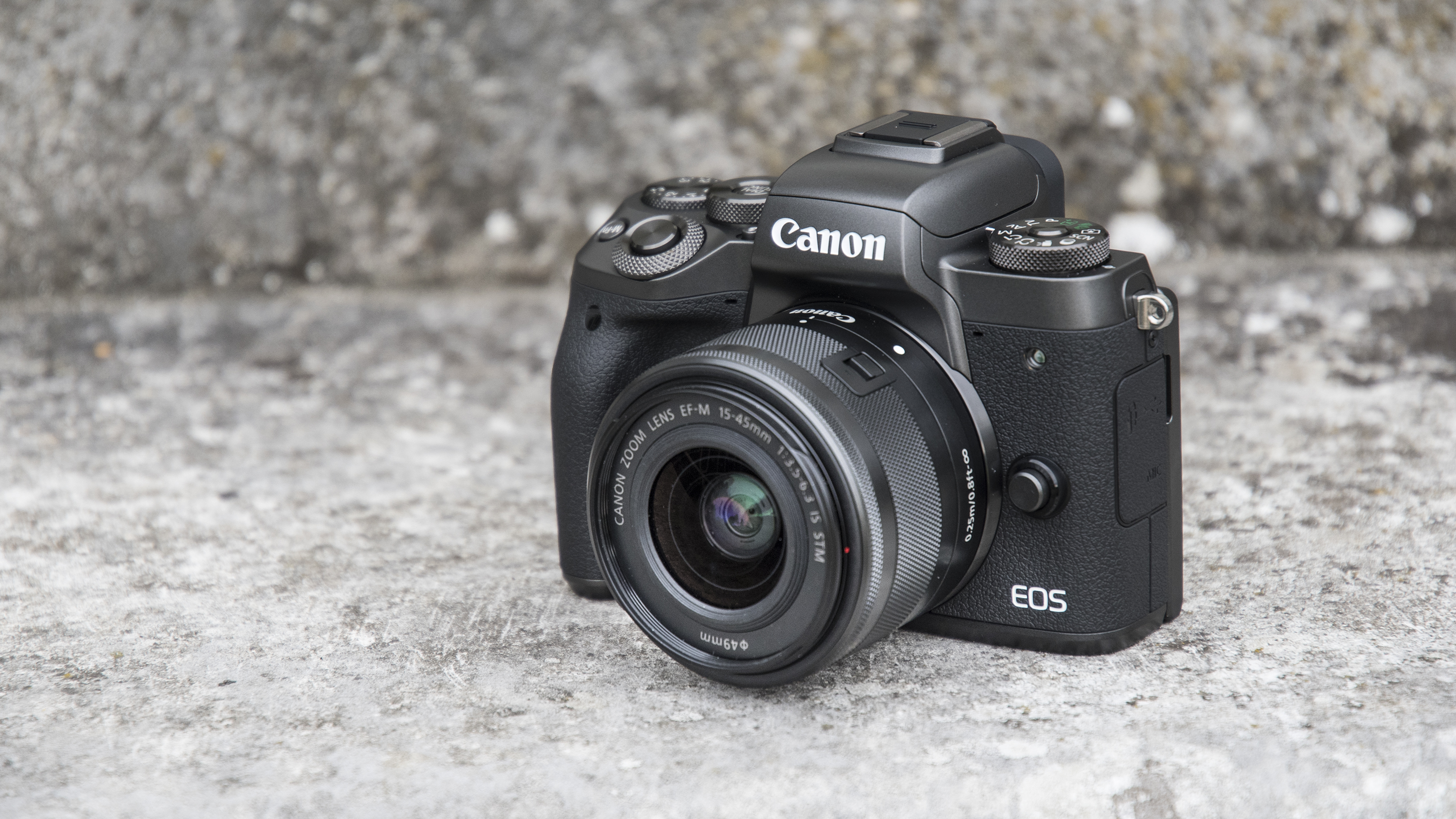Why you can trust TechRadar
Performance
- 7fps burst shooting with AF
- 295-shot battery life
- Wi-Fi and Bluetooth connectivity
With some help from the new DIGIC 7 image processor the EOS M5 is capable of shooting at a burst rate of 7fps, with full AF functionality and metering, and it can sustain this for up to (approximately) 31 JPEG files, before dropping in speed to 4fps, continuing at this rate until the card is full. Should you want to shoot faster than this, 9fps is possible, but focusing and metering will be locked once the shutter has been fired; this rate can be sustained for 26 JPEGs.

The EOS M5’s metering system offers the choice of evaluative, partial, centre-weighted and spot metering modes, with the default evaluative option working well (as with the shot above), although it’s worth remembering that this is hooked up to the chosen AF point, so in some scenes you might need to dial in some exposure compensation.
The EVF is very good – it has a decent 120fps refresh rate, and while the 0.62x magnification isn’t the biggest out there the view doesn’t feel cramped when you raise your eye up to it, and it compares favourably with rivals like the Fujifilm X-T10 and Olympus OM-D E-M10 Mark II.
The rear LCD's touchscreen interface is excellent, tying in seamlessly with the M5’s body-mounted controls to offer quick access to pretty much any core setting you want – tap the Quick Menu button and you can select and adjust every key setting.
Swiping to scroll through images is a breeze, while the pinch-to-zoom feature makes it easy to quickly assess image sharpness, and, as we’ve mentioned, tapping to adjust the AF point works a treat.
The 295-shot battery life lags a little behind the likes of the X-T10’s 350 – an extra battery is something we’d certainly recommend – while the combination of Wi-Fi, NFC and Bluetooth connectivity makes it pretty hassle-free to transfer images from the M5 to your smart device.
Image quality
- ISO100-25,600
- Built-in low-pass filter
- +/-3 EV exposure compensation in 1/3 or 1/2-stop increments
While there's been a recent trend of doing away with an optical low-pass filter on sensors in an effort to squeeze out even more detail, Canon has kept the filter on the M5's chip, and the 24MP sensor still delivers bags of detail, especially at low ISOs - see image below. Detail does drop off when you take the sensitivity beyond ISO6,400, but this is to be expected.
This not only provides the potential for producing decent-quality A3+ prints – the flexibility offered by the densely populated sensor means you can crop images pretty aggressively if required.

The EOS M5 handles noise well, which isn't surprising given that, as we've mentioned, its sensor has much in common with the 80D's, which was excellent in this respect.
Noise between ISO100-400 is virtually non-existent, with the M5 delivering lovely, clean images, while things still look pretty good above those settings. Luminance (grain-like) noise only really starts to make a noticeable appearance at ISO1600, while color noise also starts to encroach at ISO3200.

Detail also begins to suffer beyond this point, but results are more than acceptable at ISO6400 (see image above), while at the upper limit of ISO25,600 images do show a smudgy loss of detail, but are still useable.




Current page: Performance and image quality
Prev Page Build, handling and AF Next Page Verdict and competitionPhil Hall is an experienced writer and editor having worked on some of the largest photography magazines in the UK, and now edit the photography channel of TechRadar, the UK's biggest tech website and one of the largest in the world. He has also worked on numerous commercial projects, including working with manufacturers like Nikon and Fujifilm on bespoke printed and online camera guides, as well as writing technique blogs and copy for the John Lewis Technology guide.

